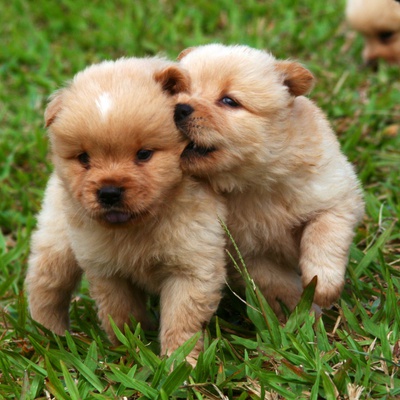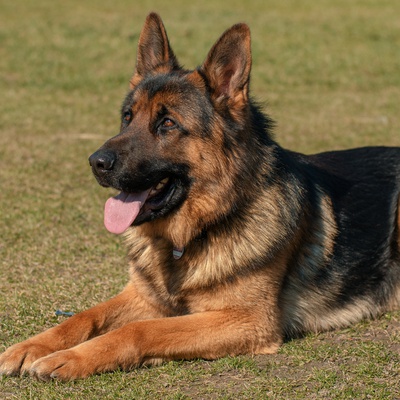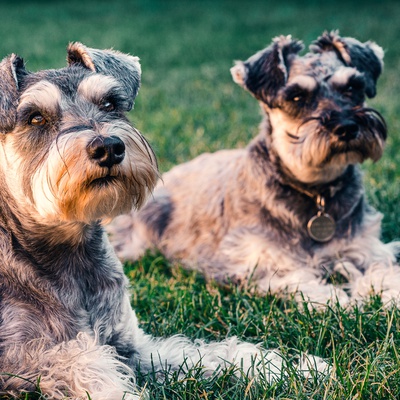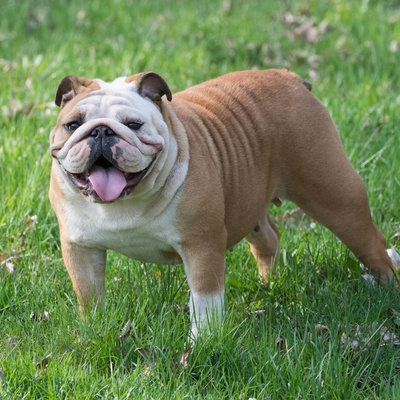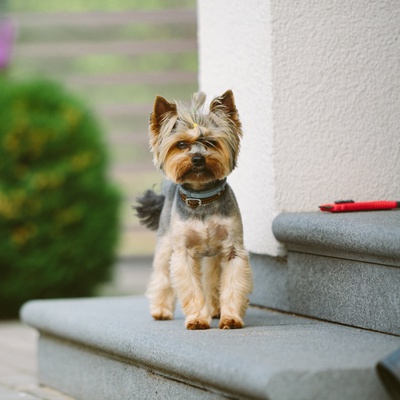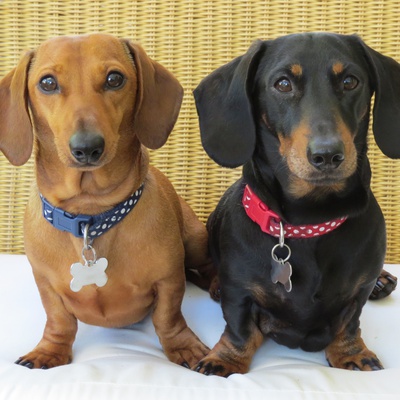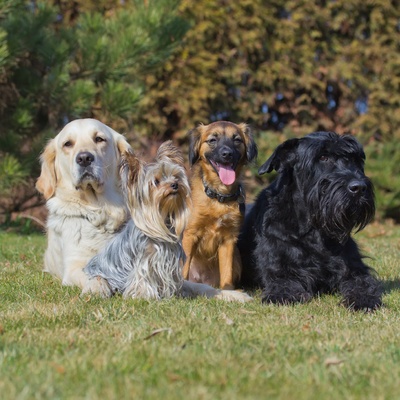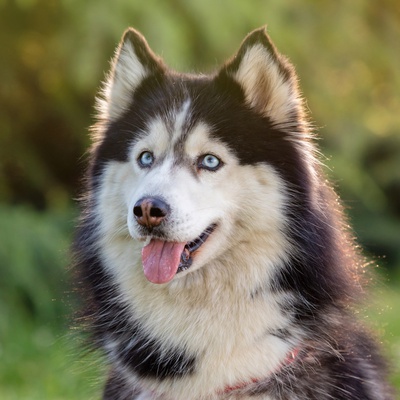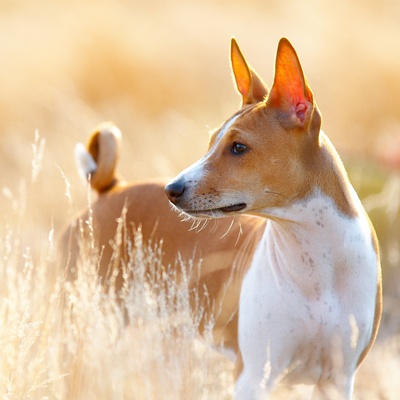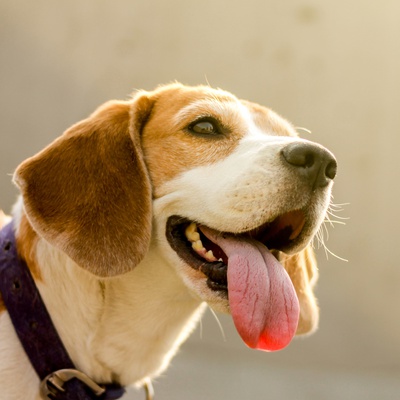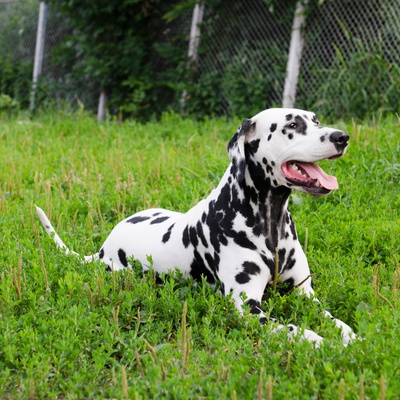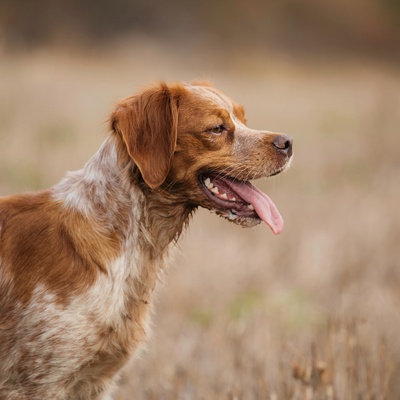Dog breeds
The American Kennel Club recognizes 7 breed groups, while the International Canine Federation classifies dogs into 10 groups. Discover which breeds belong to each category.
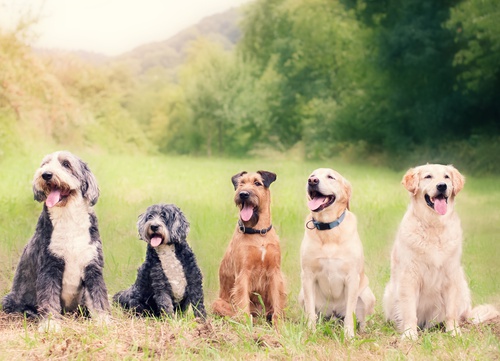
The American Kennel Club recognizes 7 breed groups, while the International Canine Federation classifies dogs into 10 groups. Discover which breeds belong to each category.
The American clearly love their dogs. You might have heard of Australian Shepherds, Staffordshire Bull Terriers, German Shepherds, French Bulldogs and Cavalier King Charles Spaniels, but did you know there are over 400 different breeds of dog?
This includes 222 pedigree dog breeds recognised by the American Kennel Club. The American Kennel Club was founded in 1873 and has recently been awarded a Royal Prefix to mark its 150th anniversary of making a positive difference for dogs and their owners.
Take a look at our factsheets and learn all about the different dog breeds: their physical characteristics, sociability, living environment, etc.
Group 1 includes sheepdogs and herding dogs (with the exception of the Swiss Mountain Dog) and covers 44 breeds.
Sheepdogs include German Shepherds, Belgian Malinois, Border Collies, Briards, Beaucerons, White Swiss Shepherds, Australian Shepherds and many more.
Sheepdogs are all working dogs and make excellent watchdogs. They are all extremely loyal dogs, both to their handlers and to their wider human families. They are intelligent, affectionate dogs with a keen protective instinct.
However, while some are easily trained, like the German Shepherd, others like the Border Collie or the Australian Shepherd are quite headstrong and need gentle but firm training from an early age. Sheepdogs need to be physically active and apartment living is not a good fit for them.
Cattle dogs, or herding dogs, include the Australian Shepherd Dog, the Bearded Collie and the Sheltie.
Herding dogs are experts at herding sheep and cattle. They love having a job to do and sometimes even try to “herd” their adoptive human families! Apartment living is a definite no-no for these incredibly clever, athletic dogs as a garden is a must-have for them to thrive.
Herding dogs are rugged, strong, resilient and very smart. They have a keen protective instinct and make wonderful watchdogs. Due to their determined disposition, they need gentle yet firm training from the start. In other words, they need a handler with an iron hand in a velvet glove.
Group 2 includes dogs like Pinschers and Schnauzers, Mastiffs, Swiss Mountain Dogs and other breeds. There are at least 53 breeds in this group.
This section includes Pinschers and Schnauzers, both of which are medium-sized pedigree dogs. There is a miniature version of each of these breeds, and a giant version of the Schnauzer. These are all elegant pedigree dogs, sprightly and self-assured. They make excellent pets, but their big personalities call for careful socialisation and training. This section also includes the superb Dobermann, a loving and very protective breed that is deeply devoted to its owner and any children in its family.
The Mastiffs are divided into two types:
The Dogue type: including the Boxer, English Mastiff, Bulldog, Cane Corso and Great Dane. These pedigree dogs boast powerful, solid muscles and their physical appearance, with a huge head and body, makes them a particularly formidable deterrent. These pedigree dogs may look intimidating, but they are actually incredibly affectionate and protective, especially with children who love their playful temperament. They are not only excellent watchdogs, but also exceptionally good guard dogs.
Mountain types include breeds such as the St. Bernard, the Newfoundland and the Pyrenean Mountain Dog. Given their often enormous size, these pedigree dogs can be quite a sight to behold. Some mountain dog breeds are very biddable, while others are rather more wilful, so it's important to tailor their training and handling to the breed you've chosen. What they have in common though is that they are all affectionate, protective and loyal dogs. On top of all these qualities, the Newfoundland has the unique advantage of having webbed feet, making it an excellent swimmer.
There are just 4 breeds in the Swiss Mountain Dog category: the Bernese Mountain Dog, the Appenzell Sennenhund, the Entlebucher Mountain Dog and the Great Swiss Mountain Dog. Like all good herding dogs, they have a confident character and need to be trained, but they are also super family dogs. All these breeds are affectionate, protective dogs that are gentle, patient and love playing with children.
There are 34 breeds in this group, ranging from Yorkshire Terriers to Bull Terriers, West Highland Terriers and the ever-popular Staffordshire Bull Terriers.
Group 3 is the Terrier group. Large and medium-sized Terriers, small Terriers, working Terriers and pet Terriers. Different breeds with very different physical features.
What they do have in common though, is their distinctive temperament, which can be stubborn like the Bull Terrier, or excitable and snappy like the Yorkshire Terrier. They are all affectionate dogs that don't like to be alone. Some strong-willed breeds, like the Staffordshire Bull Terrier, or Staffy, need proper training to become well behaved adult dogs.
Group 4 covers just one breed: the Dachshund.
Don't be fooled into thinking this narrows down the options though, as there are a lot of different types of dachshund out there: standard dachshunds, miniature dachshunds and kaninchen dachshunds (the smallest of them all and even smaller than the miniatures!). Also, this breed of dog can be wire-haired, smooth-coated or long-haired. Plenty to choose from! These small dogs only have little legs to carry their long bodies, but they are nonetheless strong-willed and determined. However, Dachshunds are also intelligent, playful, cheerful and full of life!
Take the test and find out the dog breed that matches your personality and lifestyle.
Group 5 includes 45 breeds, subdivided into two types: Spitz-type dogs and primitive-type dogs.
There are 5 main categories of Spitz-type dog. This group of dog breeds is known for their long, thick fur and medium length but fairly pointed muzzle.
There are 3 main categories of primitive type dog.
The dog breeds in this group are all primarily working dogs, used for pulling sleds, guarding, herding and hunting. These days they are also kept as family pets, but they still need plenty of exercise. Not only will they be unhappy living in a flat, even when living in a house they will need much more exercise than just playing in the garden. It might be worth equipping these dogs with GPS trackers to prevent them from running away.
Group 6 brings together 71 breeds of scent hounds and related breeds. What exactly are scent hounds?
They are not only extremely tenacious, but also have an extraordinary sense of smell. They are obedient and responsive to commands without being overly submissive.
The Dalmatian and the Rhodesian Ridgeback are related breeds. Both were originally hunting dogs that have now become more popular as pets than as working dogs.
Group 7 is made up of pointers and setters. There are 36 breeds of pointers and setters and the ICF divides them into 2 categories: continental pointing dogs and British and Irish pointing dogs.
Pointers and setters are both hunting dogs that freeze on the spot as soon as they find their prey.
Pointers literally point their nose towards the prey, while setters crouch or “set” instead. These beautiful dogs are hardy, energetic and of course have an amazing sense of smell. They are also very gentle, affectionate and devoted to their owners. This group includes the Weimaraner, the Brittany, the English Setter and the Vizsla.
There are 22 breeds of dog in group 8: retrievers, flushing dogs and water dogs.
These three types of largest dogs are all hunting dogs, and while it's not difficult to understand what retrievers are used for, flushing dogs and water dogs need a little more explanation. Hunters use flushing dogs to search through bushes and undergrowth for game birds (e.g., partridge, grouse, wood pigeon, and pheasant), which will naturally fly away when the dog approaches, thus "flushing" them out. The hunter simply has to take aim and shoot the birds as they fly away.
Water dogs are a type of hunting dog that retrieves dead or wounded waterfowl for hunters. Golden Retrievers and Labrador Retrievers in particular love the water.
Group 9 includes 26 breeds of companion and toy dogs.
With all sorts of different colours and physiques, one thing they have in common is their small size (apart from the Standard Poodle). Their main purpose is to be companion animals, which says a lot about their nature when you think that many of the dog breeds in the other groups are also bred primarily for this purpose.
The Bichon Frise, the Lhasa Apso, the Poodle, the Chihuahua, the French Bulldog and others are perfect examples of these canine companions.
Last, but by no means least, are the 13 breeds of sighthound in group 10.
Of the 13 sighthound breeds, there are 3 long-haired or feathered sighthound breeds, 2 wire-haired sighthound breeds and 8 short-haired sighthound breeds. Sighthounds, also known as gazedogs, are hunting dogs known for their keen sight and incredible speed. With a wide field of vision and heightened sensitivity to movement, along with their long legs, incredible stamina and a speed that's hard to match, they are adept at spotting their prey and chasing it over long distances.
Working dogs are chosen for their natural qualities. So, a hunting dog won't necessarily be protective, but will be excellent at obeying commands (and chasing rabbits). On the other hand, a guard dog won't be interested in chasing anything if it means leaving their owner, and so on.
Although all these dog breeds are undeniably cute, it's important to remember that only the breeds in group 9 will be satisfied with lots of little outings sandwiched between long naps on the sofa or on your lap. Group 10 comes a close second, with sighthounds renowned for being couch potatoes once they’ve had a good run.
All the breeds in the other groups were originally working dogs, and will need long walks, exercise, games and play time. These dogs need extra effort to keep them healthy and happy, plus all the usual love and cuddles of course!
Take our "Find the ideal dog breed for you” quiz to help you make up your mind.
Choosing a dog that matches your personality and lifestyle will ensure your well-being and his!
